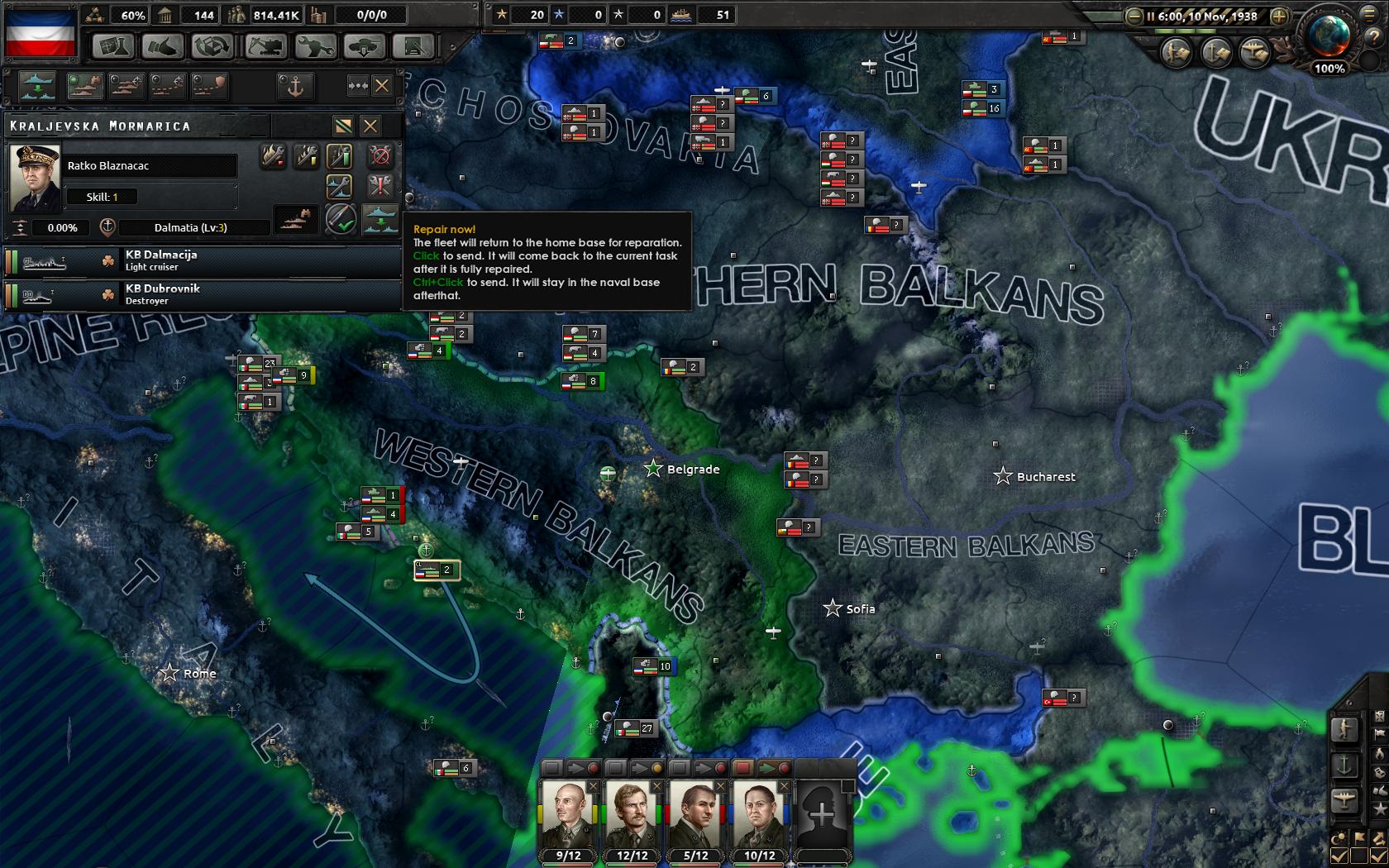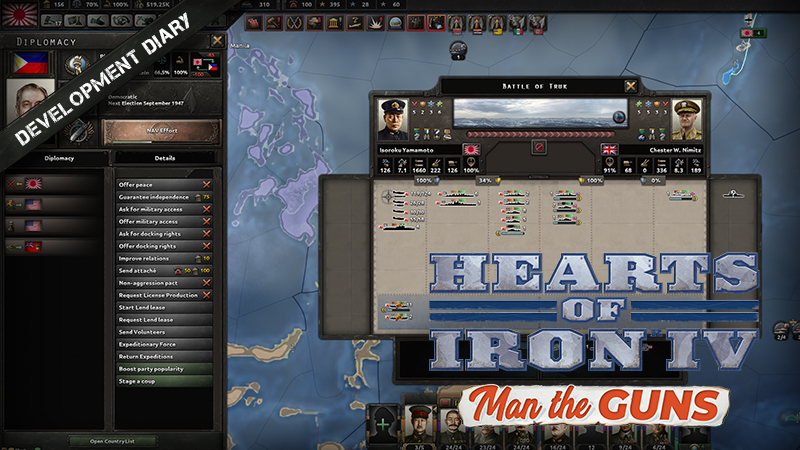



An additional six civilians died in rocket attacks from mid-2004 through August 2005. Two of those deaths occurred in the last two weeks of May 2007. Palestinian Rocket Attacksįrom September 2005 through May 2007, Palestinian armed groups fired almost 2,700 rockets into Israel, killing 4 Israeli civilians, and injuring 75 civilians and at least 9 soldiers, according to the United Nations Office for the Coordination of Humanitarian Affairs (UNOCHA) (see Appendices III-V for casualty and weapons numbers). This report does not address other important issues affecting civilians in Gaza, including deteriorating humanitarian conditions, internecine fighting between Palestinian factions, Israel's destruction of Gaza's sole electrical power plant, and IDF and armed group clashes that have claimed civilian casualties separate from the rocket/artillery attacks. It sets forth recommendations aimed at ending practices that have led to unnecessary civilian death and injury. This report is based on on-the-ground assessments of Palestinian armed group rocket attacks and IDF artillery attacks, focusing on the period from the beginning of September 2005 through May 2007. The conduct of Palestinian armed groups and the IDF that led to the spike in civilian casualties in mid-2006 is likely to resume unless the parties learn the lessons of 2006 and definitively change military policies and practices in accordance with their independent obligations under international humanitarian law. Israel has not resumed its use of artillery, responding instead with more precise air-fired missiles to hit targets, but it is unclear how firm this change of practice is. Hamas ended its ceasefire on April 24, 2007, firing rockets once again into Israeli territory. There is an opportunity today to put an end to this needless loss of civilian life: in November 2006, after an artillery attack that killed 23 civilians, the IDF placed a moratorium on use of artillery to respond to rocket attacks in Gaza, and a five-month ceasefire on the part of Hamas the same month led to a decrease in Palestinian rocket attacks in 2007, meaning that for a time rocket attacks were largely limited to the Islamic Jihad organization. Initially civilian casualties on both sides were light, but the casualties rose dramatically starting in April 2006, when Israel sharply increased its artillery attacks on alleged Palestinian rocket launch sites and also fired closer to residential areas.īoth sides have shown disregard for civilian loss of life in violation of international humanitarian law (IHL): Palestinian armed groups have directed their rockets at Israeli towns Israeli artillery shelling near populated areas has caused considerable civilian casualties for uncertain military gain as well as at least one serious incident of indiscriminate shelling. After Israel's withdrawal from Gaza in September 2005, Palestinian rocket attacks continued sporadically, spiking in late September, late October and again in December, with Israeli artillery fire following suit beginning in late October. In the northern Gaza Strip and adjoining areas of Israel, attacks by Palestinian armed groups launching locally made rockets known as Qassams and attacks by the Israel Defense Forces (IDF) firing 155mm artillery shells have together killed dozens of civilians, wounded hundreds, and greatly disrupted civilian life.


 0 kommentar(er)
0 kommentar(er)
